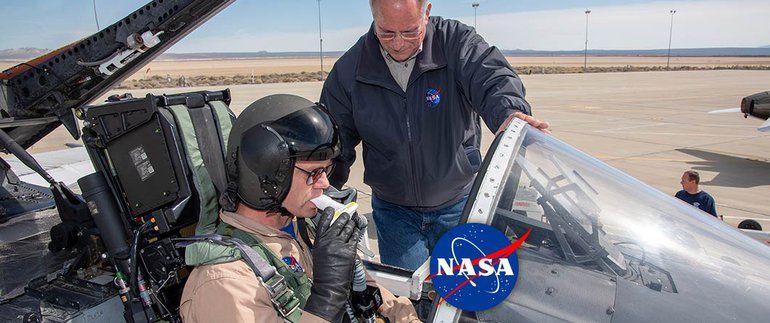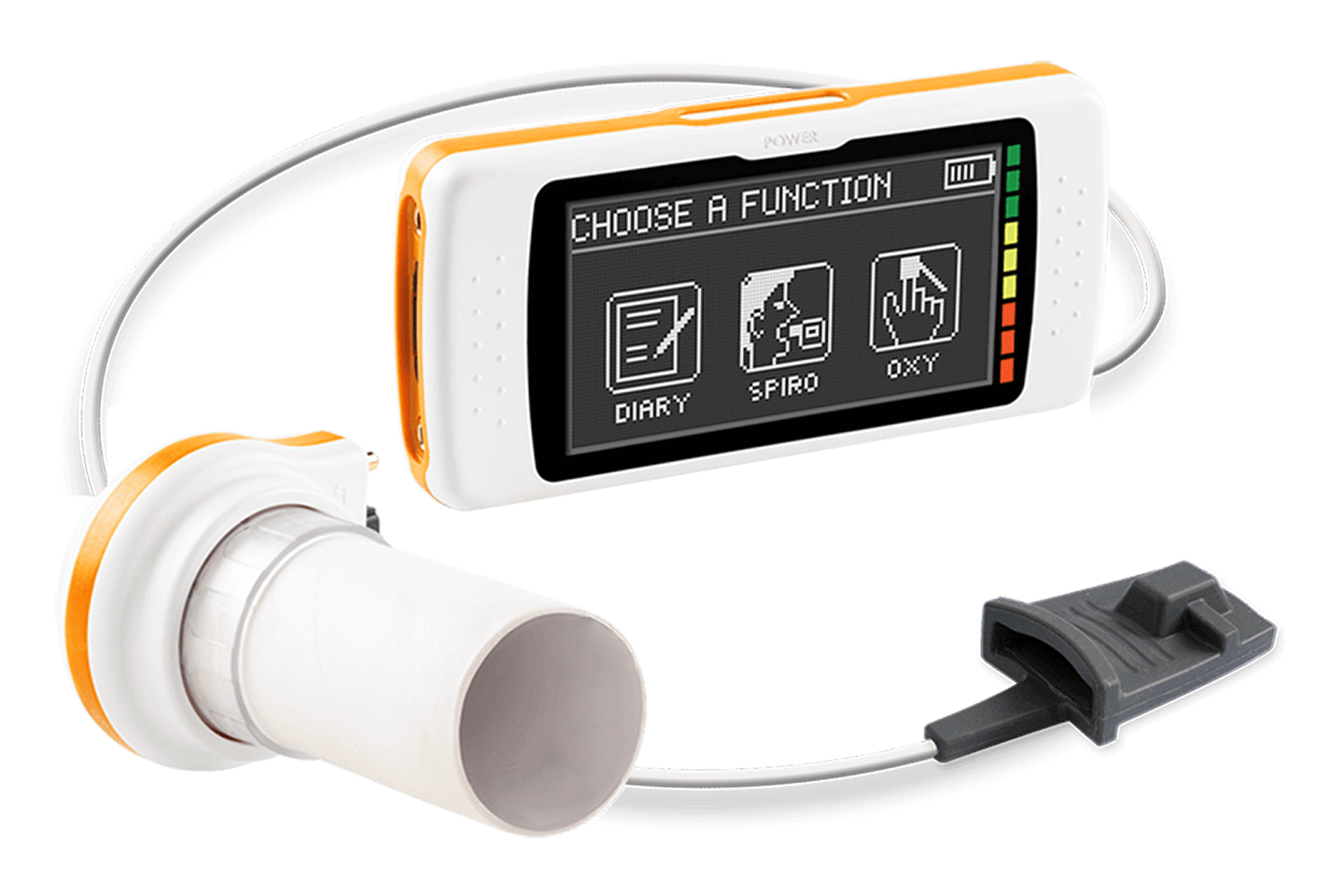


12 Feb 20
NASA is doing complex flight research to look at how pilots breathe to make it safer for them to fly.
The research has involved five pilots, four aircraft, two aircrew equipment configurations and approximately 90 hours of flight at NASA Armstrong Flight Research Center in California. The first phase of the Pilot Breathing Assessment (PBA) program documented how pilots breathe in fighter aircraft while flying a variety of scripted profiles. Phase One has evolved into a larger effort with planning for a second phase underway for additional 50 flight hours.
The NASA Engineering and Safety Center (NESC) at Langley Research Center in Virginia, tapped NASA Armstrong to fly high-performance aircraft flights to better understand how flight conditions may cause pilots to experience a physiological episode, or PE, during flight.
A PE can consist of several symptoms, including cognitive impairment, numbness, tingling, lightheadedness, behavioral changes and fatigue which may be life-threatening for a pilot during flight. The U.S. Air Force and U.S. Navy have recorded an increase of PEs since 2010.
In the past, researchers have focused on studying the aircraft to reduce PEs. The NESC decided to focus its attention on understanding the pilot response as he flies the aircraft.
The PBA program uses two aircrew equipment configurations, one from the U.S. Air Force and the other from the U.S. Navy to gather appropriate data on pilot breathing.
NESC chose Armstrong to conduct its PBA flights because it wanted to use the center’s F-18 A/B aircraft and F-15D aircraft. The aircraft are equipped with the original Liquid Oxygen System (LOX), not the more commonly used Onboard Oxygen Generating System (OBOGS) used on many modern military aircraft.
The OBOGS’s are used for newer aircraft to provide the required amount of oxygen to the pilot by removing nitrogen from the air during flight, eliminating the need to purchase liquid oxygen and carry it onboard the aircraft.
The data collected with the LOX system will serve as a baseline for PBA.
The PBA program relies heavily on NASA’s Armstrong Life Support team to prepare pilots for flight and gather appropriate data. Before each flight, life support personnel prepare the configurations and flight gear that the pilot will wear. The main difference between the Air Force and Navy equipment, is the bulk and weight of the Navy gear due to an integrated parachute harness and built-in survival vest.
The research required pilots to fly scripted profiles that represent a variety of conditions experienced throughout the aircraft operating envelope. For example, these profiles include high-altitude flights at 40,000 to 50,000 feet; aerobatic flights; a combination of loops, rolls and dives, also known as a Squirrel Cage flight; and low-altitude flights through canyons.
The workload for the life support team continues beyond preparing a pilot for flight. For example, the life support team prepares and equips the pilot with a VigilOX system, which is a pilot breathing sensor system. As pilots inhale, the VigilOX will measure their oxygen concentration, their breathing flow and air pressure, to name a few. As the pilot exhales, the system will measure the same components with the addition of temperature, humidity and carbon dioxide.
Life support also has the pilot complete spirometry, capnography, and pulse oximetry tests before and after each flight. A spirometry test, measures how much air the pilot can exhale by exhaling a breath as forcefully and as long as they can. Capnography monitors the pressure of carbon dioxide. A separate device monitors the pilot’s pulse, oxygen saturation in their blood, breathing patterns and blood hemoglobin. The tests are repeated post-flight to measure and compare breathing patterns to identify any changes in pilot breathing that may have occurred during the flight.
Pilots also take preflight and post flight surveys that ask questions such as what they ate for breakfast, if they exercised and if they noticed breathing differences in flight. Other information the NESC requires includes the acquisition of key aircraft parameters to help correlate pilot breathing response to what the aircraft was doing at the time.
None of the pilots had a PE during the first phase, but one pilot did experience “air hunger” during one of the flights. Air hunger occurs when a pilot feels the sensation of being unable to breathe which causes an abnormal or rapid breathing pattern. Air hunger is a serious concern, but the team was thankful it was recorded to analyze the data, understand its cause, and make recommendations to avoid this from happening in similar future flights.
NESC will be taking a closer look at each data set from each flight. Researchers will separate the data into segments to compare data among pilots, flights, configurations, aircraft performance and look for patterns or unexpected results that may help researchers understand the causes of a PE.
NASA personnel plan to use the data gathered through PBA flights in the development of new equipment, such as oxygen masks, and new aircraft systems. PBA research also expands human physiology knowledge to make it safer for pilots to fly.
The second phase of PBA is scheduled to begin in the fall of 2019.
Elvia Valenzuela
NASA Armstrong Flight Research Center

Touchscreen Spirometer with Optional 3D Oximeter
